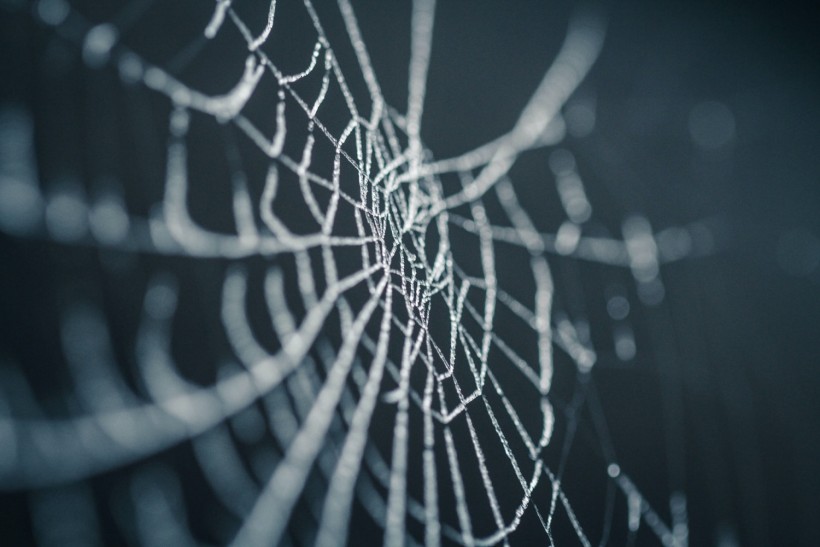It's not that uncommon for people to be afraid of spiders; and while these insects don't always make aggressive or big movements, the insects jumping around can cause additional fear. As such, there are types of spiders that are capable of jumping or gliding around even without wings.
Can Spiders Fly?
The answer is yes, but it depends. Certain spiders can jump and glide in the air, giving them flight-like properties similar to a flying squirrel. Because of how these spiders glide in the air, they're often thought of being capable of flying.
These gliding spiders, otherwise known as the Larinioides sclopetarius, also called a gray cross-spider or bridge-spide, are close to the orb-weaver spider located mostly in Europe. However, it has also been found in other places south like the Mediterranean Coast, or north like Finland.
These flying spiders come with unique behaviors as some like to live on the trees, allowing them to adapt a ballooning locomotion allowing them to travel around the forest. This type of spider is attracted to light and often resides in bright environments or those with decent exposure to light.
Venomous Flying Spiders
Flying spiders are venomous but aren't poisonous. There is a huge difference because it means they aren't lethal to humans. Flying spiders also utilize their venom to attack prey or defend themselves from a predator.
The difference between poison and venom is internal versus external meaning when something bites something else and the one biting dies, it is poisonous. Something is venomous if it bites something else and the thing it bites dies.
While both poison and venom involve toxins, there are times when they aren't lethal, like with the flying spider, which typically doesn't harm humans. Typically, these spiders don't attack humans despite residing close to humans.
Flexible Habitat
The flying spider can live in different habitats meaning it isn't limited to just trees or the forest. As such, it uses its spines and hairs to sense danger or prey.
The gray cross-spiders are estimated to live for a year and a half on average and during their lifetime, a female flying spider lays fifteen egg sacs. However, each sac contains hundreds to thousands of actual eggs.
These types of spiders also don't restrict themselves to a location and can adapt many features to better fit their living environment. Female flying spiders sometimes eat their male partners before, during, or sometimes after copulation.
The gray cross-spiders also aren't afraid of exploring their surroundings and often look for areas to avoid competition. While some of these spiders are born male, they turn into females through a process called protandry.
Ths flying spiders can secrete silk to form what looks like a web parachute, allowing them to fly throughout their environment. While flying around in the air, these spiders can also release long silk threads.
RELATED ARTICLE: Oldest Spider Fossil Ever Found in Germany Is 310 Million Years Old as Identified by Museum Curator
Check out more news and information on Environment and Climate in Science Times.





![Earth's Quasi-Moon Kamo‘oalewa Could Originate From Lunar Surface Not Asteroid Belt [Study]](https://1721181113.rsc.cdn77.org/data/thumbs/full/53275/89/56/50/40/earths-quasi-moon-kamo-oalewa-could-originate-from-lunar-surface-not-asteroid-belt-study.png)









